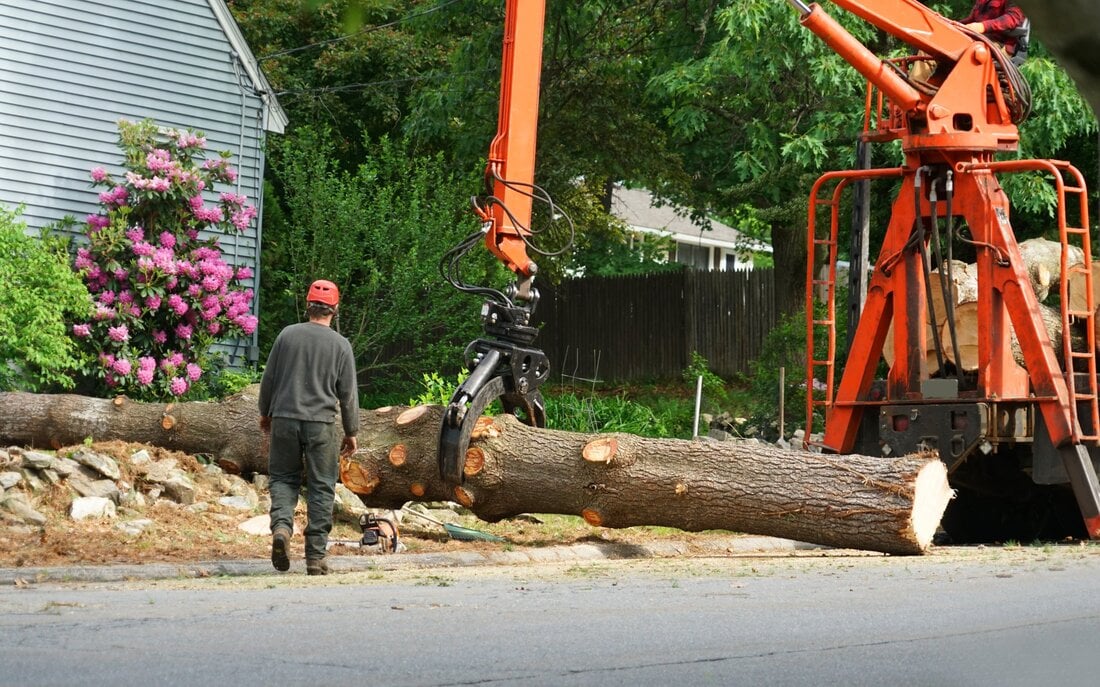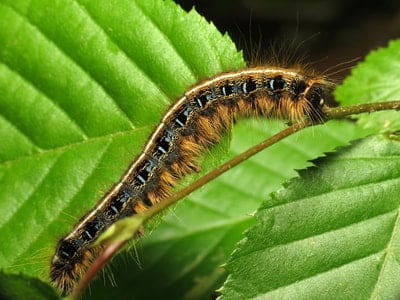They say that sometimes fact is crazier than fiction and in the case of the caterpillar, that's certainly the case. Everyone read the "Very Hungry Caterpillar" as a kid—it's a classic. In that story, a caterpillar gets ready to be a butterfly by, well...eating everything in sight. Leaves, cake, sausage, fruit—you name it and he ate it.
If there's one thing that's true from the book, it's that caterpillars like to eat a lot, and more often than not, their favorite tasty treats are the leaves on your favorite trees. Even worse, they tend to be communal eaters, and infestations can happen almost overnight.
Even though some of us have been conditioned to have a soft spot for caterpillars (and there's nothing wrong with that!), too much of a good thing can be bad. So, here's the three types of caterpillars you should be on the lookout for:
Oakworm Caterpillar Oakworms are hairless caterpillars with big heads and a smaller, yellow and green body. Especially once spring hits, they love to feed on new leaves. They can chomp down on leaves until there's nothing left but the skeleton. In some cases, they can consume a tree's entire foliage by the time summer rolls around.
It's important to get on these guys early. There's a product called BT, which is a bio pesticide that will kill some of the caterpillars and ward the rest off almost completely. The best part about BT is you can apply it whenever you'd like. The application isn't driven by a season, put on a time release or anything else that would restrict when you can use it.
Yellownecked Caterpillar Almost everyone's seen the Yellowneck! They are what their name says they are—lots of yellow with some black stripes mixed in. Yellownecks actually operate on the reverse schedule of the Oakworm and tend to do their best in the late summer into early fall.
The primary difference with the Yellownecks is that they like to chomp out entire sections of a tree. With Oakworms, you'll notice a slow, gradual die back of your tree's foliage. With Yellownecks, it'll look like someone carved a hole in a section of the canopy of the tree. Treating them is easy. BT works again, but you can also just shake off Yellownecks yourself and many times they'll just shuffle on down the road and on their way they'll go.
Tent Caterpillars Tent Caterpillars are some of the most common caterpillars you'll come across. They're pretty hairy, with a reddish brown body and a small head. Sometimes they'll have what looks like traces of yellow and blue on them.
Tent caterpillars get right to work as soon as foliage season begins to bloom. Not only will they eat leaves down to the skeleton, but they also weave some pretty gross looking spider web-looking silk. Pesticides can work, but the best thing to do is to clear their webs in the winter or when it gets a little colder out. In addition, applying a tree and in early spring can stop them dead in their tracks.
If you're looking to completely clear your trees of caterpillars, changes are you'll have dabble in pesticides of some sort. In this case, it's probably a good idea to get the pros involved. Give us a shout, and we'll set up a free consultation! Also, you can contact our experts to avail the best
hemlock wooly adelgid treatment to protect your trees.
Photos courtesy of: Mark Herse & Katia Schulz


